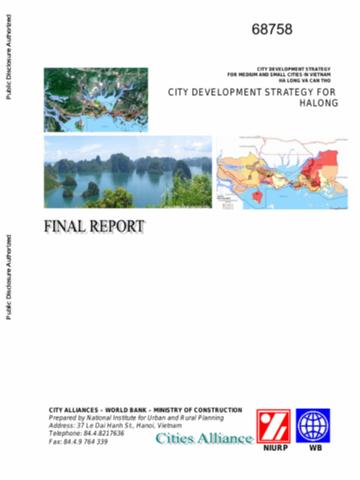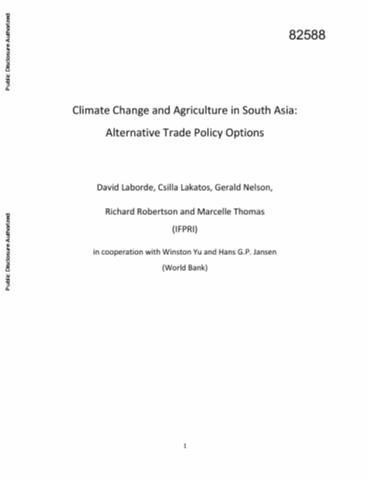Determining the effects of land consolidation on fuel consumption and carbon dioxide emissions in rural area
Expected achievement of land consolidation depends on the priority given to the protection of water, soil and air quality which are the elements of rural environmental balance. Today, many of researches have carried out to determine the effects of land consolidation on the local hydrology and agricultural productivity.










